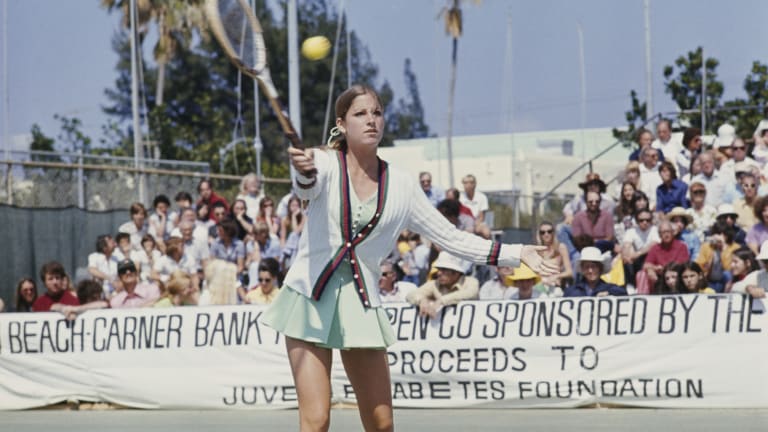Fifty Years of the WTA
Chapter 2: 50 years ago, the WTA was born, the sexes battled, and women's sports changed forever
By Feb 21, 2023Fifty Years of the WTA
As the 50th year of the WTA Tour comes to an end, a look ahead to its next fifty
By Dec 31, 2023Fifty Years of the WTA
A spirit of activism has always been a part of the WTA tour
By Dec 11, 2023Fifty Years of the WTA
Chapter 10: From Venus and Serena to Naomi and Maria, the WTA's crossover icons are on a first-name basis
By Nov 07, 2023Fifty Years of the WTA
Approaching 80, Billie Jean King is still globetrotting for investment in women’s sports
By Oct 12, 2023Fifty Years of the WTA
Serena vs. BJK, Evert vs. Barty, Graf vs. Sharapova: Across 50 years, imagine these match-ups between WTA greats
By Oct 06, 2023Fifty Years of the WTA
The Room Where It Happened: WTA Tour marks 50 years, backwards and forwards
By Aug 26, 2023Fifty Years of the WTA
Chapter 8: The WTA tour's global reach extends to nations and athletes everywhere
By Aug 25, 2023Fifty Years of the WTA
Chapter 7: 50 years after the WTA was created, its future is now—and never-ending
By Jul 15, 2023Fifty Years of the WTA
Chapter 6: Austin, Graf, Sharapova and Raducanu exemplify the WTA's capacity for teenage stars
By Jun 21, 2023Chapter 2: 50 years ago, the WTA was born, the sexes battled, and women's sports changed forever
The mission in 1973 was serious: prove the legitimacy of women’s tennis—and by extension, emphatically showcase why women deserved to be treated as equals.
Published Feb 21, 2023
Advertising
Advertising

What’s on Tennis Channel before the 2026 season kicks off?
Five one-night-only events in the U.S. are among the offerings.
Advertising

Chris Evert warms up for her final against Evonne Goolagong in the Miami Beach-Garner Bank USLTA tournament in April 1973.
© Getty Images
Advertising
Advertising

King versus Riggs “captured this moment where people were talking about women’s issues, having conversations and debates about what women could do and couldn’t do.”
© Sports Illustrated via Getty Ima